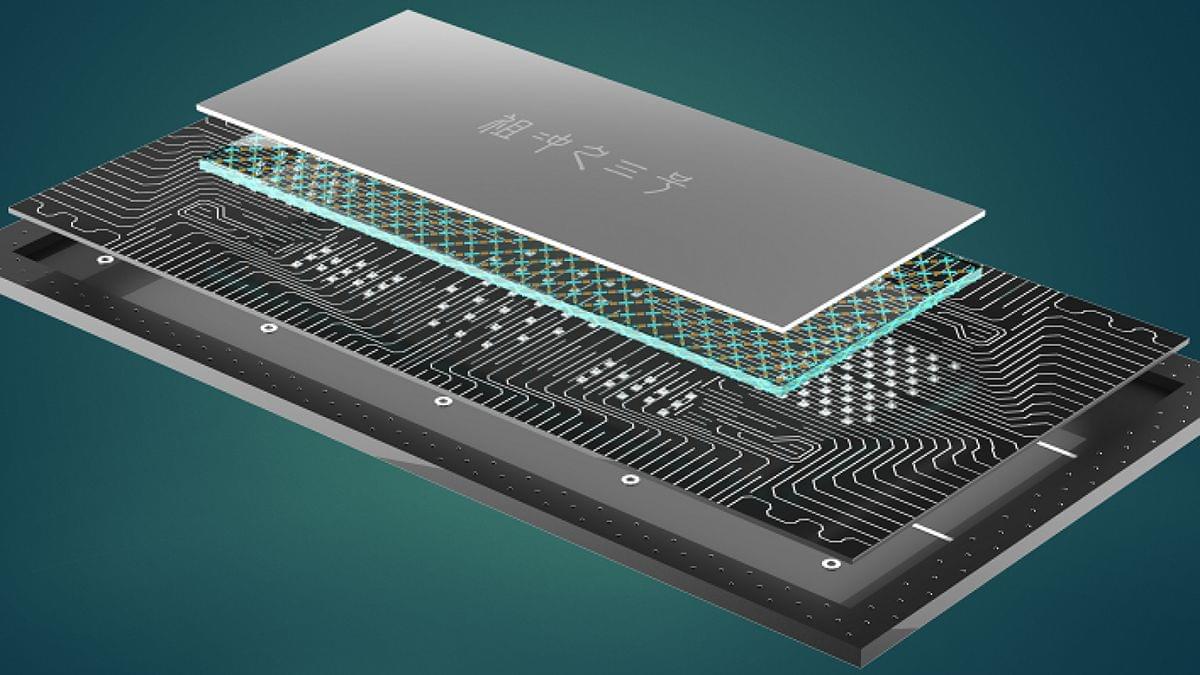Silicon Valley’s earliest stage companies are getting a major boost from artificial intelligence. Startup accelerator Y Combinator — known for backing Airbnb, Dropbox and Stripe — this week held its annual demo day in San Francisco, where founders pitched their startups to an auditorium of potential venture capital investors.
S not just the number one or two companies — the whole batch is growing 10% week on week, said Tan, who is also a Y Combinator alum. That App developers can now offload or automate more repetitive tasks, and they can generate new code using large language models. Tan called it vibe coding, a term for letting models take the wheel and generate software. In some cases, AI can code entire apps. The ability for AI to subsidize an otherwise heavy workload has allowed these companies to build with fewer people. For about a quarter of the current YC startups, 95% of their code was written by AI, Tan said.
T need a team of 50 or 100 engineers, said Tan, adding that companies are reaching as much as $10 million in revenue with teams of less than 10 people. You don [ https://open.substack.com/pub/remunerationlabs/p/y-combinato…Share=true](https://open.substack.com/pub/remunerationlabs/p/y-combinato…Share=true)
About 80% of the YC companies that presented this week were AI focused, with a handful of robotics and semiconductor startups.




